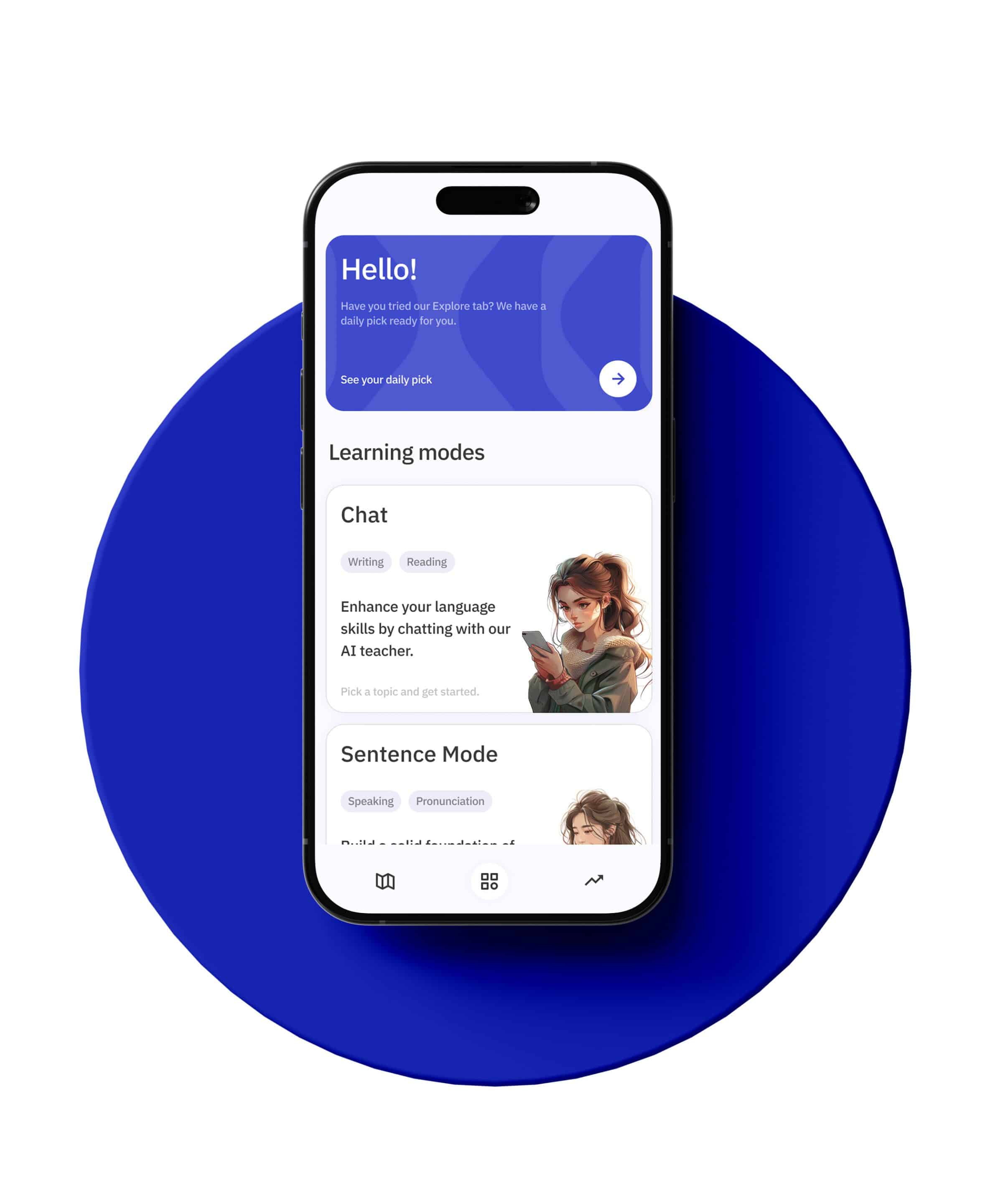Learning Korean can be a rewarding journey, but it comes with its own set of challenges. One of the most confusing aspects for learners is mastering the use of particles. Korean particles are essential because they indicate the grammatical function of words within sentences. However, they can be tricky because their use often does not directly translate to English equivalents. In this article, we will explore various exercises designed to help you distinguish between different particles in Korean grammar.
Understanding Korean Particles
Before diving into exercises, it’s crucial to understand what particles are and their roles in Korean sentences. Particles are small words that attach to nouns, pronouns, and sometimes verbs to indicate their function in a sentence. Some of the most common particles include:
– Subject particles: 이/가 (i/ga)
– Topic particles: 은/는 (eun/neun)
– Object particles: 을/를 (eul/reul)
– Location particles: 에 (e), 에서 (eseo)
– Possessive particles: 의 (ui)
Each of these particles serves a distinct purpose, and using the wrong one can change the meaning of a sentence. Let’s explore exercises to help you distinguish between these particles.
Exercise 1: Subject vs. Topic Particles
One of the most confusing aspects for beginners is distinguishing between subject particles (이/가) and topic particles (은/는).
Subject particles 이/가 are used to mark the subject of a sentence, indicating who or what is performing the action. For example:
– 학교가 멀어요. (The school is far.)
Topic particles 은/는 are used to mark the topic of a sentence, indicating the main focus or contrast. For example:
– 저는 학생이에요. (As for me, I am a student.)
Exercise:
Translate the following sentences, paying close attention to whether to use 이/가 or 은/는.
1. The cat is cute.
2. As for the weather, it is hot.
3. The book is interesting.
4. I am a teacher.
Answers:
1. 고양이가 귀여워요.
2. 날씨는 더워요.
3. 책이 재미있어요.
4. 저는 선생님이에요.
Exercise 2: Object Particles
Object particles (을/를) are used to mark the object of a verb, indicating what is being acted upon. For example:
– 나는 책을 읽어요. (I read a book.)
Exercise:
Fill in the blanks with the correct object particle (을/를).
1. 나는 커피___ 마셔요. (I drink coffee.)
2. 그는 영화를___ 봐요. (He watches a movie.)
3. 우리는 한국어를___ 공부해요. (We study Korean.)
4. 그녀는 편지를___ 써요. (She writes a letter.)
Answers:
1. 나는 커피를 마셔요.
2. 그는 영화를 봐요.
3. 우리는 한국어를 공부해요.
4. 그녀는 편지를 써요.
Exercise 3: Location Particles
Location particles 에 (e) and 에서 (eseo) indicate places but have different functions. 에 is used to indicate the destination or location where something exists, while 에서 is used to indicate the place where an action occurs.
Examples:
– 집에 가요. (I go home.)
– 도서관에서 공부해요. (I study at the library.)
Exercise:
Choose the correct location particle (에/에서) to complete the sentences.
1. 나는 학교___ 있어요. (I am at school.)
2. 우리는 공원___ 놀아요. (We play at the park.)
3. 고양이가 의자___ 앉아 있어요. (The cat is sitting on the chair.)
4. 친구들이 카페___ 만나고 있어요. (Friends are meeting at the café.)
Answers:
1. 나는 학교에 있어요.
2. 우리는 공원에서 놀아요.
3. 고양이가 의자에 앉아 있어요.
4. 친구들이 카페에서 만나고 있어요.
Exercise 4: Possessive Particles
The possessive particle 의 (ui) indicates possession, similar to the English apostrophe “s.” For example:
– 이 책은 제 친구의 책이에요. (This book is my friend’s book.)
Exercise:
Combine the following nouns using the possessive particle (의).
1. John + book (John’s book)
2. Sarah + car (Sarah’s car)
3. Teacher + desk (Teacher’s desk)
4. Dog + house (Dog’s house)
Answers:
1. 존의 책
2. 사라의 차
3. 선생님의 책상
4. 개의 집
Advanced Exercises
Once you have a basic understanding of how these particles work, it’s essential to practice them in more complex sentences. The following exercises will help reinforce your understanding and prepare you for real-life conversations.
Exercise 5: Mixed Particles in Sentences
In this exercise, you will need to use multiple particles in a single sentence. Pay attention to the role each word plays in the sentence.
Exercise:
Translate the following sentences, making sure to use the correct particles.
1. The student is reading a book in the library.
2. As for me, I am eating lunch at home.
3. The teacher teaches students in the classroom.
4. My friend’s cat is sleeping on the bed.
Answers:
1. 학생이 도서관에서 책을 읽고 있어요.
2. 저는 집에서 점심을 먹고 있어요.
3. 선생님이 교실에서 학생들을 가르쳐요.
4. 친구의 고양이가 침대에서 자고 있어요.
Exercise 6: Creating Your Own Sentences
Now that you have practiced translating sentences, try creating your own sentences using the particles you have learned. This exercise will help you think in Korean and apply your knowledge more naturally.
Exercise:
Create sentences based on the following scenarios, using the appropriate particles.
1. Describe what you are doing right now.
2. Explain where you are going tomorrow.
3. Talk about your favorite book and why you like it.
4. Describe your friend’s hobbies.
Example Answers:
1. 저는 지금 한국어를 공부하고 있어요. (I am studying Korean right now.)
2. 나는 내일 영화관에 갈 거예요. (I am going to the movie theater tomorrow.)
3. 제가 가장 좋아하는 책은 ‘해리 포터’예요. 왜냐하면 이야기가 정말 재미있어요. (My favorite book is ‘Harry Potter’ because the story is very interesting.)
4. 제 친구는 음악을 듣는 것을 좋아해요. (My friend likes listening to music.)
Exercise 7: Listening and Identifying Particles
Listening to native speakers can help you understand how particles are used in real conversations. This exercise involves listening to Korean sentences and identifying the particles used.
Exercise:
Listen to the following sentences (you can find audio clips online or use a language app) and write down the particles you hear.
1. 저는 도서관에서 공부해요.
2. 그는 축구를 좋아해요.
3. 우리는 내일 학교에 갈 거예요.
4. 그녀의 차는 빨간색이에요.
Answers:
1. 에서
2. 를
3. 에
4. 의
Common Mistakes and Tips
When learning Korean particles, it’s easy to make mistakes. Here are some common pitfalls and tips to avoid them.
Mixing Up Subject and Topic Particles
One of the most common mistakes is confusing subject particles (이/가) with topic particles (은/는). Remember that 이/가 is used to highlight the subject doing the action, while 은/는 is used to emphasize or contrast the topic.
Tip: Practice by making sentences that explicitly contrast two different topics. For example:
– 저는 학생이에요. 친구는 선생님이에요. (I am a student. My friend is a teacher.)
Overusing Particles
Beginners often overuse particles, especially when translating directly from English. Not every noun in a Korean sentence needs a particle.
Tip: Listen to native speakers and pay attention to how they use particles. Practice by writing simple sentences and gradually adding complexity.
Using the Wrong Location Particle
Another common mistake is using 에 when 에서 should be used, and vice versa. Remember, 에 is for location or destination, while 에서 is for where an action takes place.
Tip: Create flashcards with example sentences for each particle and review them regularly.
Conclusion
Mastering Korean particles is crucial for fluency and understanding. Through consistent practice and exercises, you can become more comfortable using these essential components of Korean grammar. Remember to start with simple sentences and gradually build up to more complex structures. Listening to native speakers and creating your own sentences will also help reinforce your understanding. With time and dedication, you will be able to distinguish between particles and use them correctly in your conversations. Happy learning!







